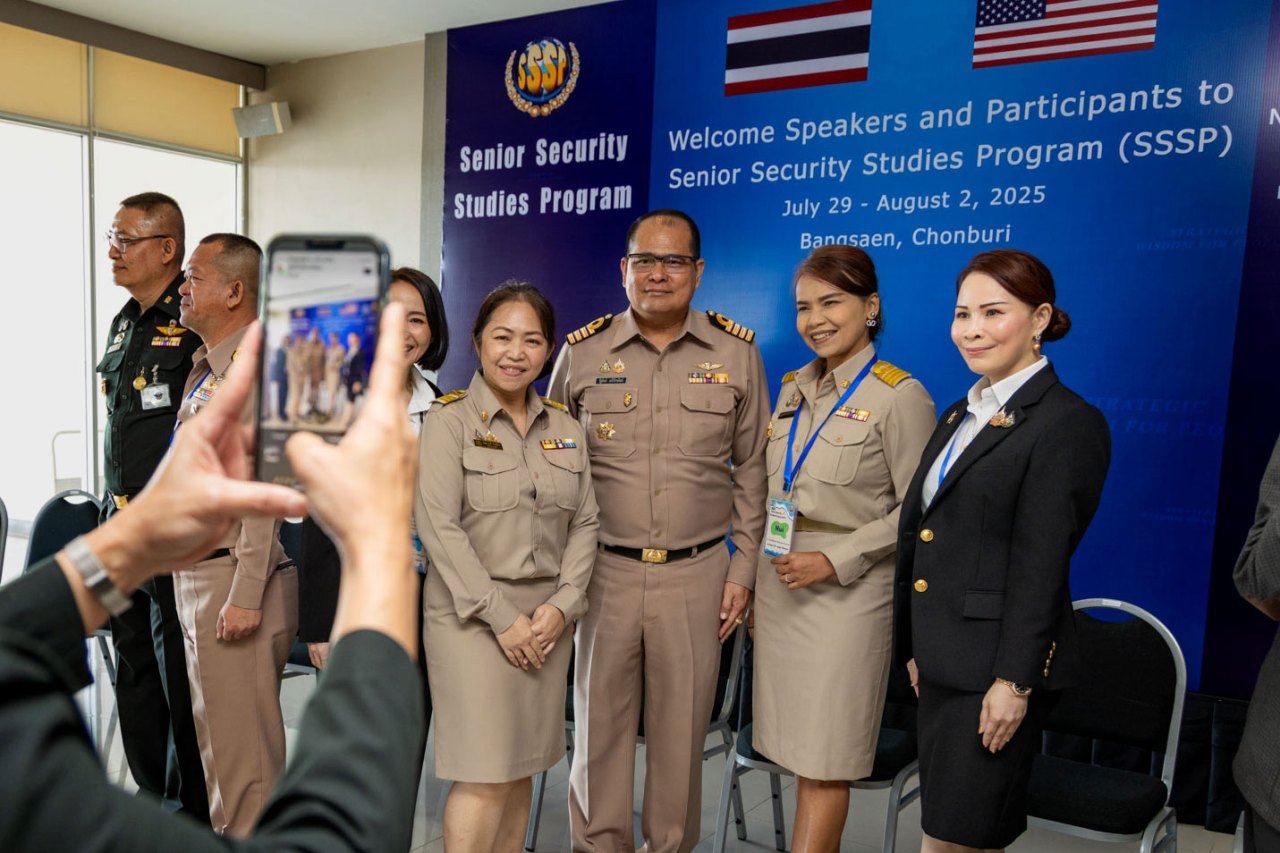Editorial:
by Jeffrey W. Hornung
In late 2011, the U.S. administration of President Barack Obama initiated a strategy to rebalance to the Asia-Pacific region. Although initially introduced as a ‘pivot’ to the region, within a year the strategy was rebranded as the rebalance. Administration officials have since made repeated efforts to promote the strategy, including speeches and Congressional testimony detailing the broad outlines of the U.S. effort. Repeatedly included are references to the need for the United States to rely more heavily on friends and allies. Within this group Japan always ranks the highest, given the large concentration of U.S. forces, enabling the United States to have a robust forward presence in the region.
Given the attention to Japan, it would make sense that Japanese officials have a good sense of what their expected role is and, more importantly, a sense of relief that the United States wants to provide more attention to a region that is undergoing rapid changes. Surprisingly, however, throughout the Japanese government, officials carry a mixed-bag of views on the rebalance that can roughly be categorized into three categories: welcoming, questioning, and uncertainty. Given Japan’s key role in the rebalance, if not addressed, this situation could jeopardize the success of America’s strategy. As such, it behooves Washington to act.
By far the dominant view of the rebalance is that of welcoming. Facing what they perceive as a more assertive China and an increasingly provocative North Korea, the rebalance is seen as a way to firm up the U.S. presence in the region which, as an ally facing these security concerns, Japan will undoubtedly benefit. Officials laud the shift of not only newer, but more U.S. assets to Japan as set out in the October 2013 Two-Plus-Two statement. At the same time, officials welcome the U.S. hope that Japan can play an increased security role, including Washington’s embrace of Tokyo’s new security look and Washington’s assistance in developing Japan’s amphibious capabilities.
These welcoming views, however, exist alongside serious questioning of the strategy, revealing a sense of ongoing angst vis-à-vis the United States and its intentions. Because the United States is turning to its friends and partners to do more, which they understand is a function of financial challenges that Washington is facing, they question whether these same financial challenges will prevent the United States from actually implementing the strategy. A similarly strong belief often heard amongst policymakers is whether the United States has any willingness to actually implement the strategy given lingering problems in the Middle East and a possible renewal of tensions with Russia. The question of willingness is particularly referred to in discussions relating to China where there is an increasing view in Tokyo that the United States is taking a soft approach to a country that is challenging international norms and allies’ sovereignty. These beliefs grow when the Washington fails to deliver on something Tokyo feels it should—such as not pushing China to withdraw its November 2013 Air Defense Identification Zone or refusing to publically support Japan’s sovereignty on the Senkaku Islands—or failing to act at all—such as the cases of Syria and Crimea.
In addition to questioning, there is a fundamental lingering uncertainty as to what is the rebalance strategy. Despite U.S. efforts advocating the comprehensive nature of the strategy—to include diplomatic, economic, and military lines of effort—and saying that it is not about containing China, there are officials in Japan who wonder about the objective of the strategy and see the rebalance as primarily a military endeavor, focusing therefore on the shift in forces to the PACOM area of responsibility, new assets being positioned in Japan, and what security roles are expected of Japan. Interestingly, despite Japan’s interest in joining the Trans-Pacific Partnership, its active support of multilateral institutions, and its advocacy for international law (such as the UN Convention on the Law of the Sea), seldom do Japanese policymakers speak of the compatibility of these efforts in the economic and diplomatic arenas with the rebalance. Instead, there are often complaints that these efforts are underappreciated by the United States.
It is not an overstatement to say that the rebalance strategy is not well understood. Nor is Japan alone in this regard. Yet, the fact Japan remains a mixed-bag of views on the rebalance is troubling because it is an ally whose full support of the rebalance will determine the strategy’s success. The fact that there are officials who fully welcome the rebalance but fail to understand what it is and what it is not tend to get heightened expectations of the United States, especially when it comes to facing up China over the Senkaku Islands or getting Korea to stop pushing Japan on the history issue. When the United States fails to deliver in line with these expectations, it leads to a growth in those who question the strategy while simultaneously coming to doubt the U.S. commitment to Japan. Concurrently, when people are uncertain about the rebalance, Japan’s own foreign policy efforts do not synch up with those of the United States, causing a duplication of efforts in reaching out to new partners or completely missing opportunities to reinforce each other’s efforts.
For the U.S. rebalance strategy to be successful, Japan’s full support and cooperation with U.S. efforts is essential. Washington needs to recognize the mixed-bag of views and act on it. Because no Rebalance Strategy Report similar to the Quadrennial Defense Report (QDR) was released, the strategy remains defined by a host of administration officials’ speeches. It behooves Washington to rectify this by setting out the strategy in an official report, clarifying what the rebalance is, what it is not, what are its objectives, what is the primary motivation, and where the rebalance strategy fits when compared to the QDR and National Security Strategy. Given the cacophony of U.S. voices that speak of the rebalance, it is no surprise one of America’s closest allies contain so many disparate views of the strategy. But if the United States wants the strategy to succeed, it needs to act to rectify the situation.
The views expressed in these articles are those of the author and do not reflect the official policy or position of APCSS, the U.S. Pacific Command, the U.S. Department of Defense, or the U.S. government.











Leave A Comment